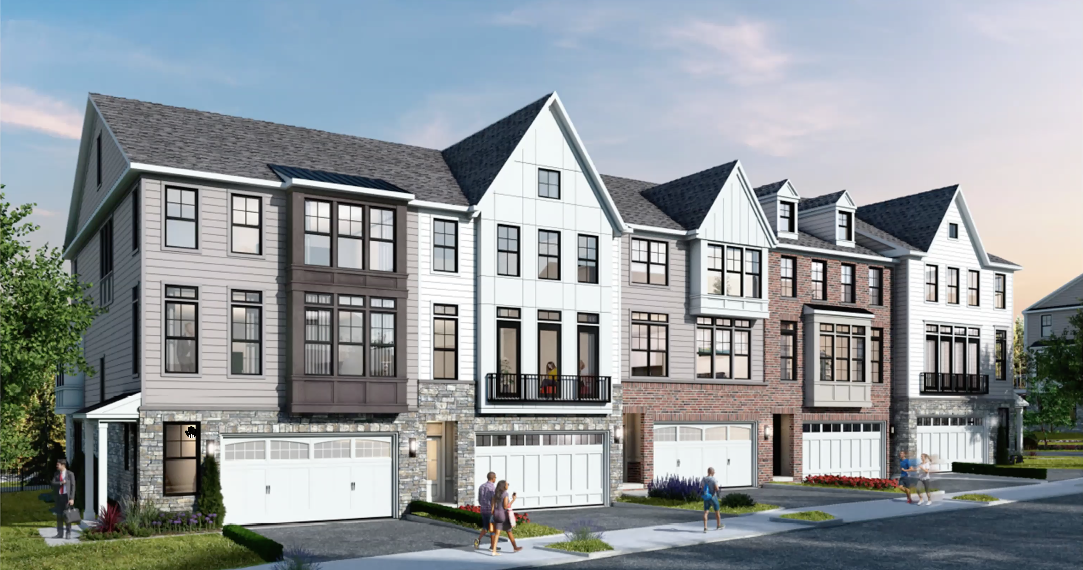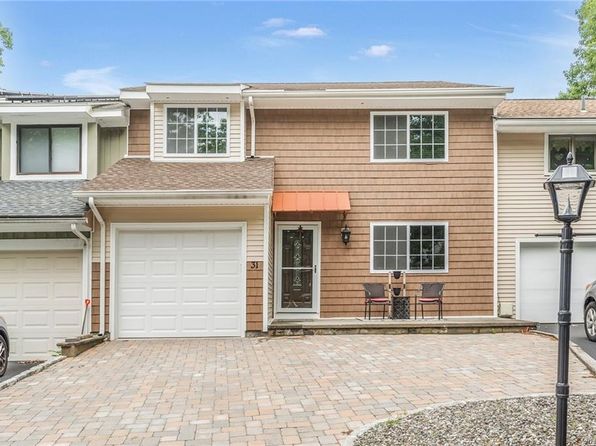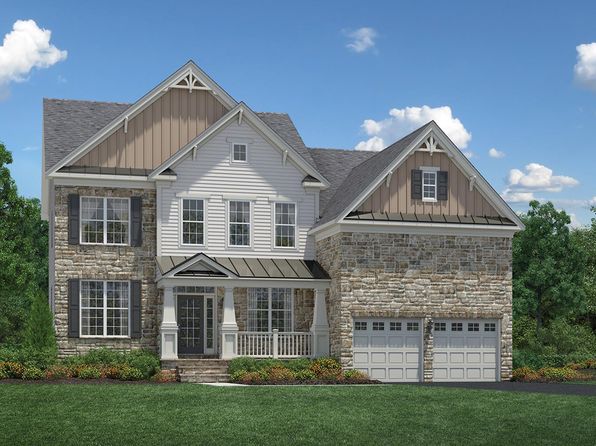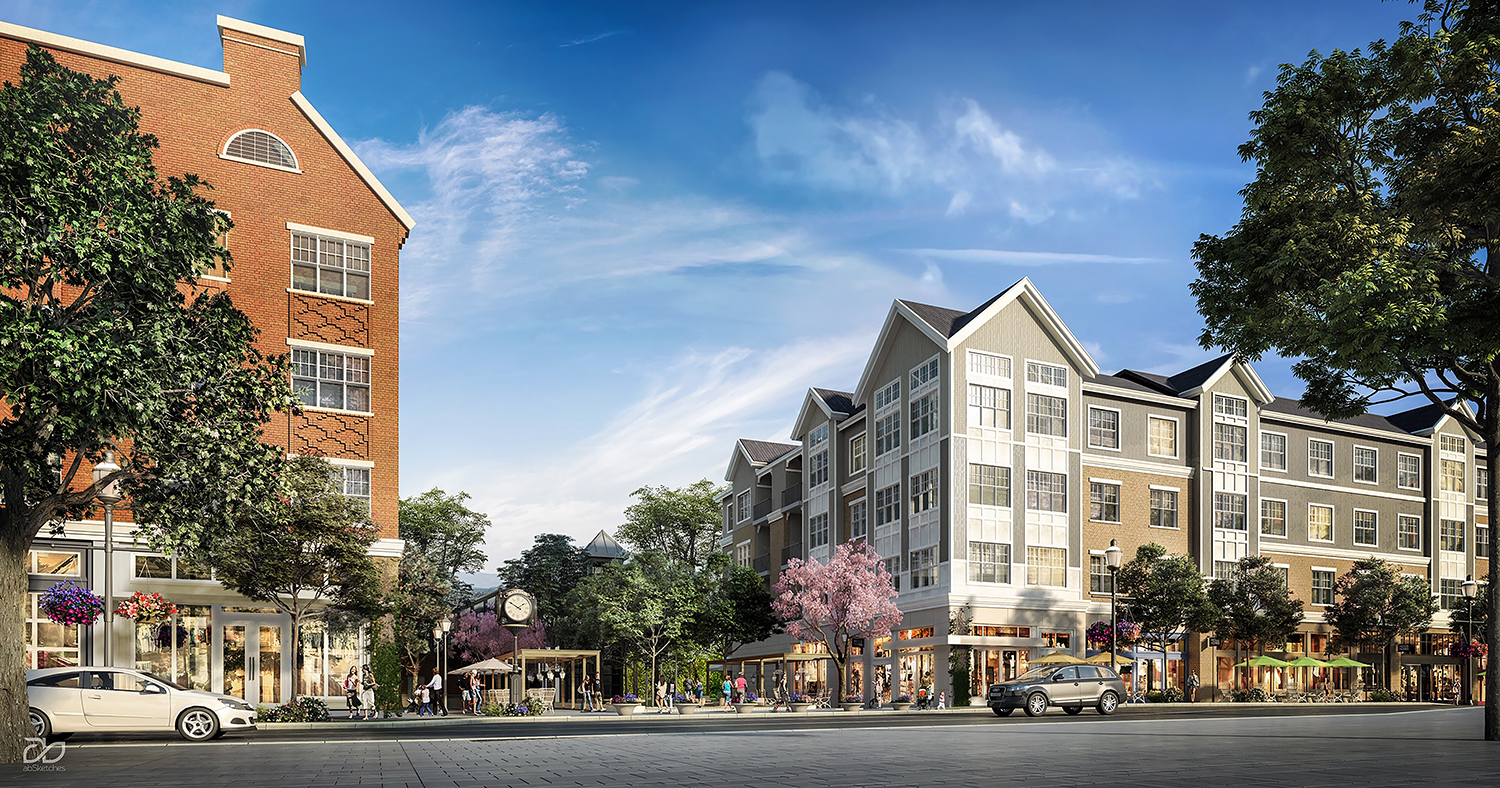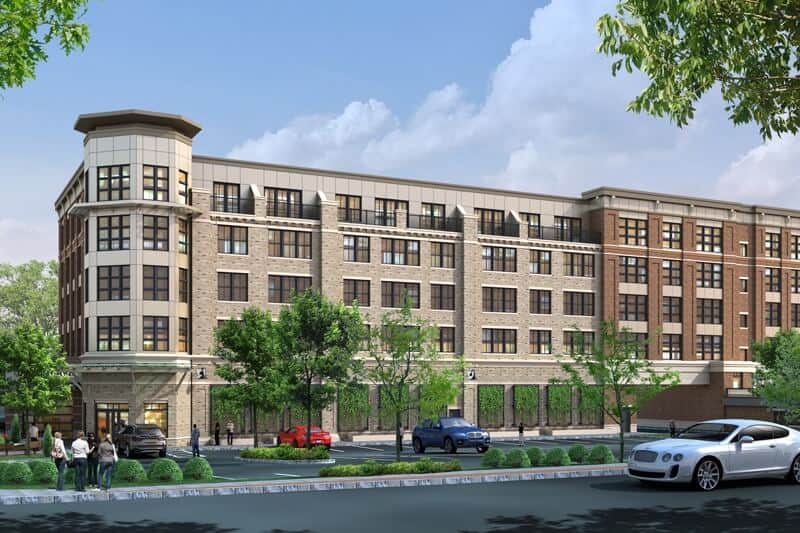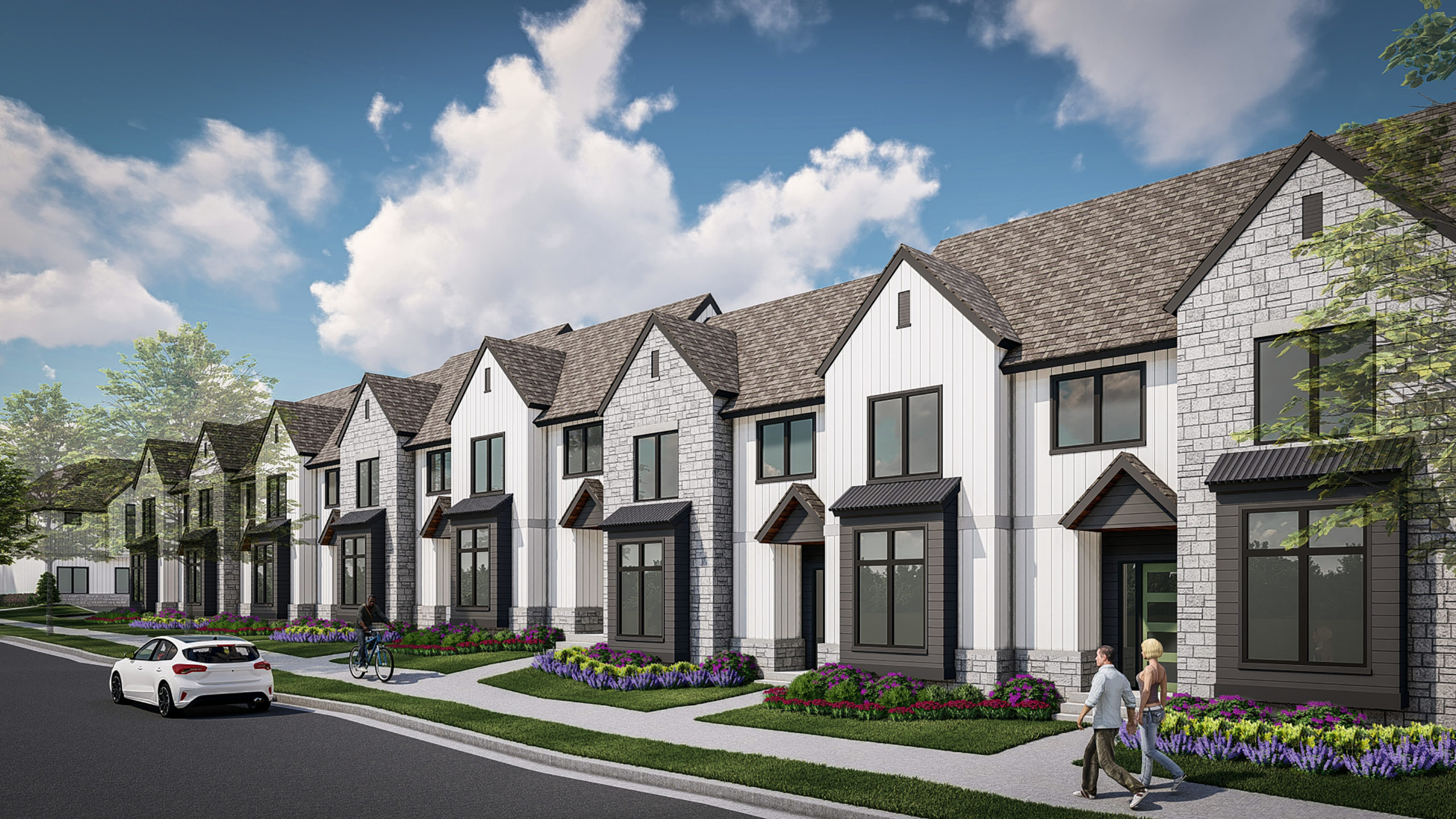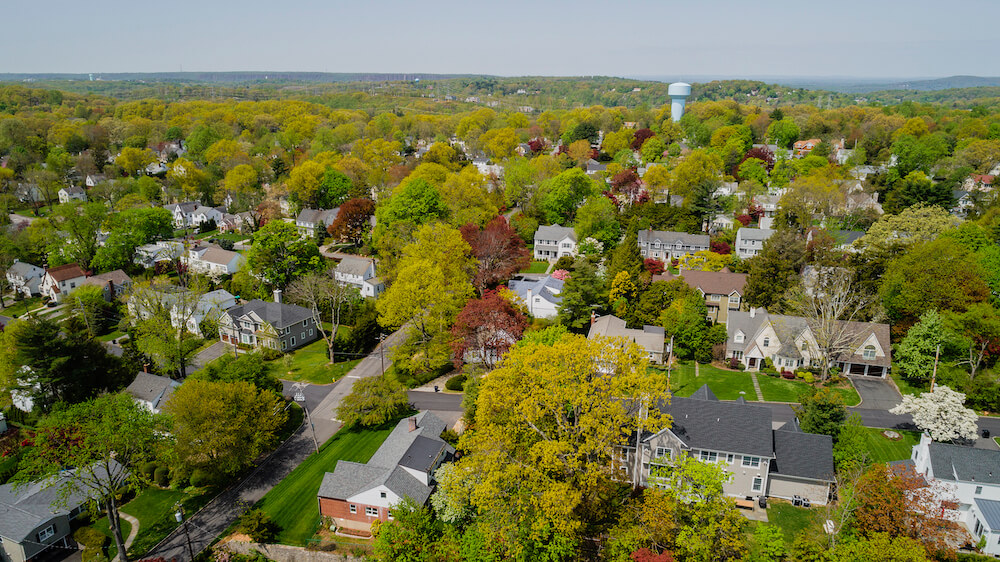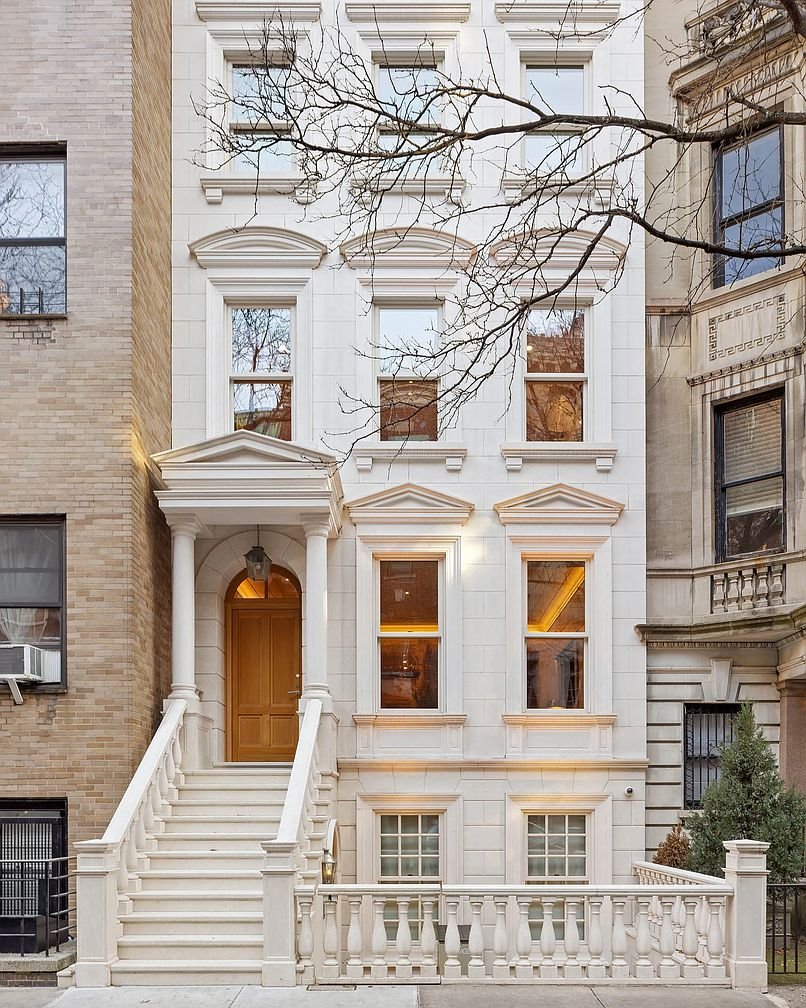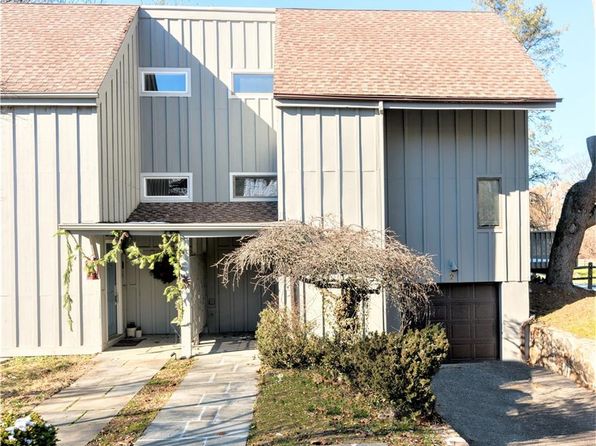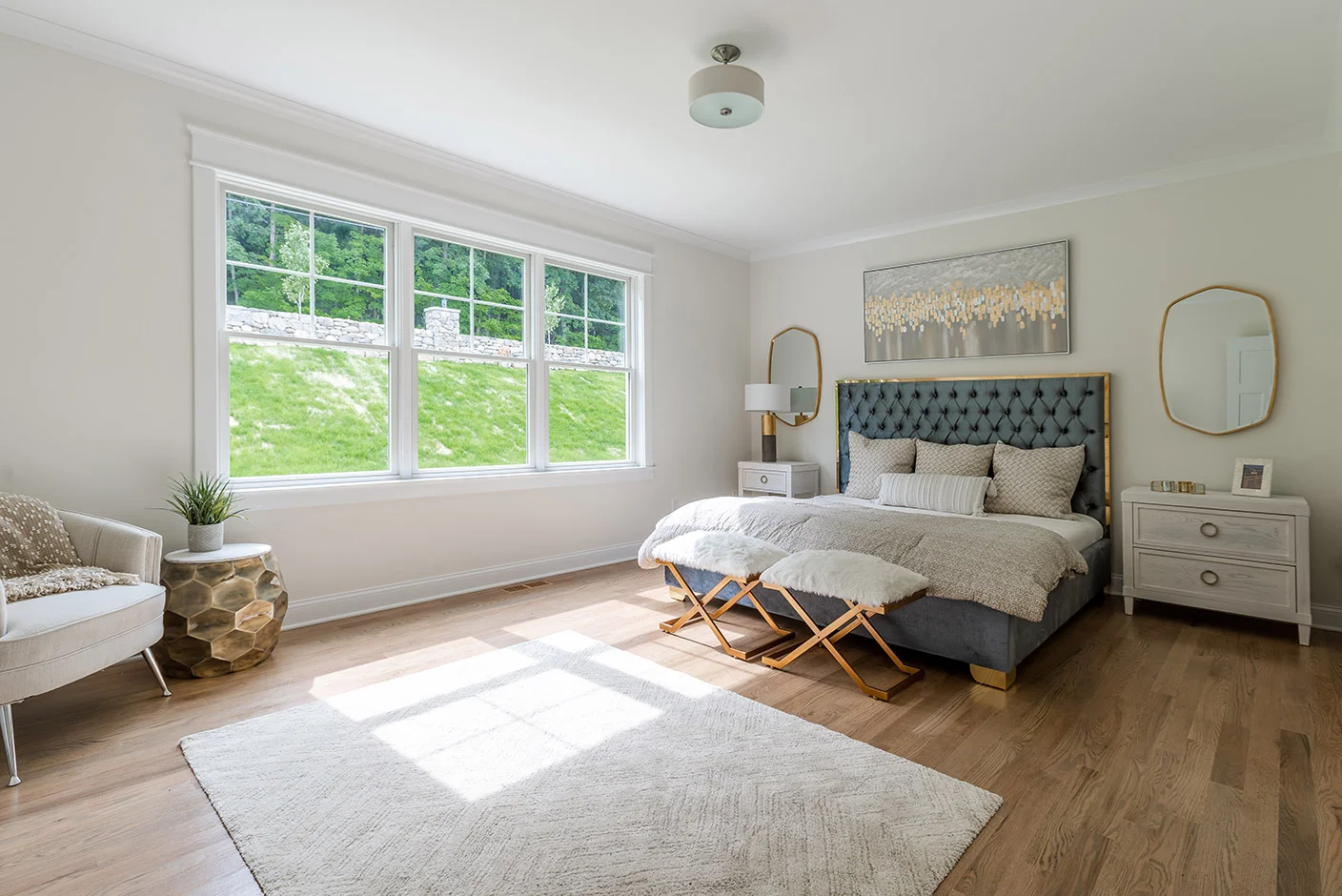New Townhouse Developments In Westchester Ny

The crunch is on in Westchester County. A persistent housing shortage, coupled with soaring demand fueled by pandemic-era migration and a desire for suburban living, is driving developers to explore innovative solutions. Townhouse developments, once a less prevalent option, are increasingly becoming a key component of the county's evolving residential landscape, offering a potential path to alleviate the pressure on single-family homes and aging apartment stock.
This surge in townhouse construction represents more than just a building boom. It's a significant shift in Westchester's housing market, reflecting changing demographics, affordability concerns, and a renewed focus on community living. This article delves into the ongoing townhouse development wave, examining the drivers behind it, the types of projects emerging, their impact on local communities, and the challenges and opportunities they present for the future of housing in Westchester County. We'll explore perspectives from developers, residents, and local officials to provide a comprehensive overview of this evolving trend.
Driving Forces Behind the Townhouse Trend
Several factors are converging to fuel the townhouse boom in Westchester. The primary driver is the persistent lack of affordable housing options. Single-family homes, the traditional hallmark of Westchester living, have become increasingly out of reach for many, especially young families and first-time homebuyers.
According to data from the Westchester County Board of Realtors, the median sales price of a single-family home has skyrocketed in recent years, pricing out a significant portion of the population. Townhouses offer a more attainable entry point into the market, often with lower price tags and shared maintenance responsibilities.
Furthermore, the pandemic accelerated the desire for suburban living. Many city dwellers sought refuge in Westchester, drawn by its larger living spaces, access to green spaces, and perceived safety. This influx of new residents further intensified the demand for housing, making townhouses an attractive option for those seeking a balance between urban convenience and suburban tranquility.
Zoning regulations also play a crucial role. Many Westchester municipalities are actively encouraging higher-density housing development, including townhouses, to address the housing shortage and diversify their housing stock. This shift in zoning policies creates opportunities for developers to pursue townhouse projects that might have been previously restricted.
Emerging Townhouse Developments: A Closer Look
A variety of townhouse developments are currently underway across Westchester County, each with its own unique characteristics and target audience. Some projects cater to luxury buyers, offering high-end finishes, spacious layouts, and exclusive amenities.
For example, the "The Residences at Rye Brook" development boasts upscale townhouses with gourmet kitchens, private patios, and access to a community clubhouse and swimming pool. Other projects are focusing on more affordable options, aiming to attract first-time homebuyers and young families.
The "Maplewood Commons" in Cortlandt Manor offers more modestly sized townhouses with streamlined designs and energy-efficient features, designed to appeal to budget-conscious buyers. Still other developments are incorporating age-restricted communities, catering to the growing population of seniors seeking a maintenance-free lifestyle.
The "Sunrise Village" in Yorktown Heights provides townhouses designed for active adults aged 55 and over, offering amenities such as walking trails, community gardens, and social activities. Each project contributes to the diverse range of townhouse options available in Westchester, catering to different needs and preferences.
Impact on Local Communities
The influx of new townhouse developments is having a multifaceted impact on Westchester communities. One of the most significant effects is the increase in housing density. While some residents welcome the increased housing options, others express concerns about potential strain on local infrastructure, such as schools, traffic, and water resources.
A resident of Scarsdale, Mrs. Eleanor Vance, stated, "While I understand the need for more housing, I worry about the impact on our schools and the increased traffic congestion. We need to ensure that our infrastructure can handle the increased population."
On the other hand, developers argue that new townhouse developments can contribute to the local economy by creating jobs, generating tax revenue, and attracting new residents who will support local businesses. "These projects bring much-needed revenue to the area," said John Smith, a developer working on a project in White Plains. "They provide an economic boost and create more opportunities for everyone."
Furthermore, townhouse developments can help to revitalize underutilized properties and improve the overall appearance of neighborhoods. Vacant lots and dilapidated buildings can be transformed into vibrant residential communities, enhancing the quality of life for all residents.
Challenges and Opportunities
Despite the potential benefits, townhouse development in Westchester faces several challenges. One of the biggest hurdles is navigating the complex regulatory environment. Obtaining the necessary permits and approvals can be a lengthy and costly process, delaying project timelines and increasing development costs.
Opposition from local residents can also be a significant obstacle. Some residents may resist new development due to concerns about property values, traffic congestion, or the character of their neighborhood. Addressing these concerns and fostering community engagement is crucial for gaining support for townhouse projects.
Despite these challenges, the townhouse trend presents significant opportunities for Westchester. By providing more affordable housing options, townhouses can help to attract and retain young families, support local businesses, and diversify the county's housing stock. Furthermore, well-designed townhouse communities can enhance the quality of life for residents by providing access to green spaces, community amenities, and a sense of belonging.
Looking Ahead: The Future of Townhouse Development in Westchester
The townhouse development wave in Westchester County is likely to continue in the coming years. As the demand for housing continues to outpace supply, townhouses will remain an attractive option for developers and homebuyers alike. The key to successful townhouse development lies in thoughtful planning, community engagement, and a commitment to creating high-quality, sustainable communities.
Municipalities need to streamline the permitting process, encourage innovative design solutions, and address infrastructure concerns to support the growth of townhouse developments. Developers need to engage with local communities, listen to their concerns, and work collaboratively to create projects that benefit everyone. By working together, stakeholders can ensure that townhouse developments contribute to a more vibrant, affordable, and sustainable future for Westchester County.
Ultimately, the success of townhouse development in Westchester will depend on its ability to address the county's pressing housing needs while preserving its unique character and quality of life. By embracing innovative solutions and fostering community collaboration, Westchester can create a housing landscape that meets the needs of its diverse population and ensures a bright future for all.
